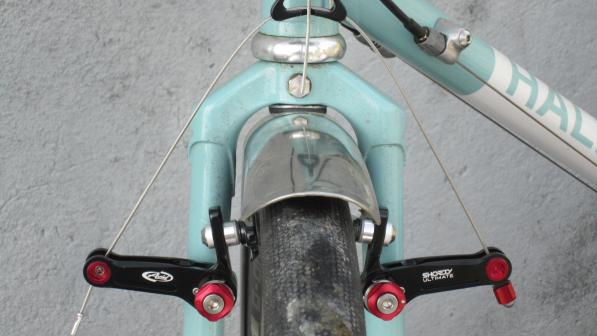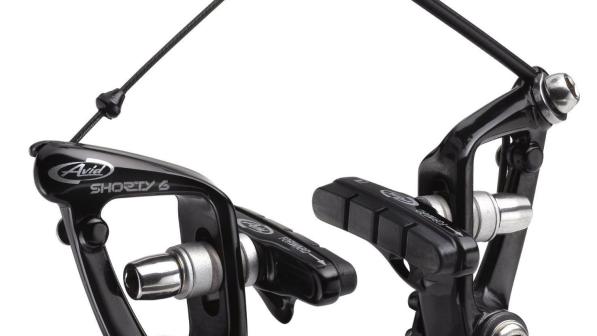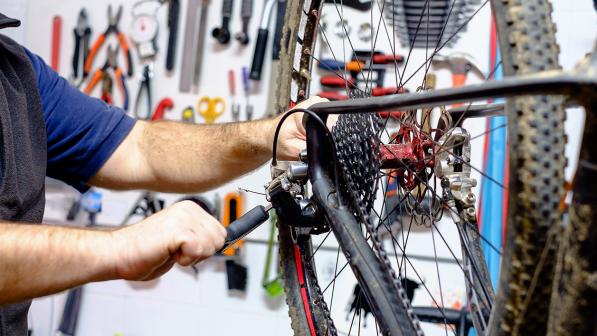Give me a brake!

Graham Colclough
Old-school, wide-arm cantilever brakes tend to offer less mechanical advantage than the newer low-profile style, so swapping to one of the latter such as the Oryx may improve matters. That said, wide-arm cantis can be made to work well. You don’t state what ‘fully-adjusted’ means; there may be a couple of tweaks worth trying. Firstly, making the straddle wire as long as possible (noting the maximum height the stirrup can be placed without hitting the hanger when the brake is applied, plus around 10mm to allow for block wear) will increase the arm-to-straddle wire angle. Secondly, given the age of the machine, you may be using a puny, bentsteel front hanger clamped by a threaded headset. These flex and waste hand power; replacement (if space permits) with a stiffer, forged aluminium hanger will usefully improve brake feel. If you get no luck, it may also be worth trying a Tektro Power Hanger in place of the straddle wire. These devices work well with low-profile cantilevers.
Richard Hallett
Technical Editor, Cycle magazine


